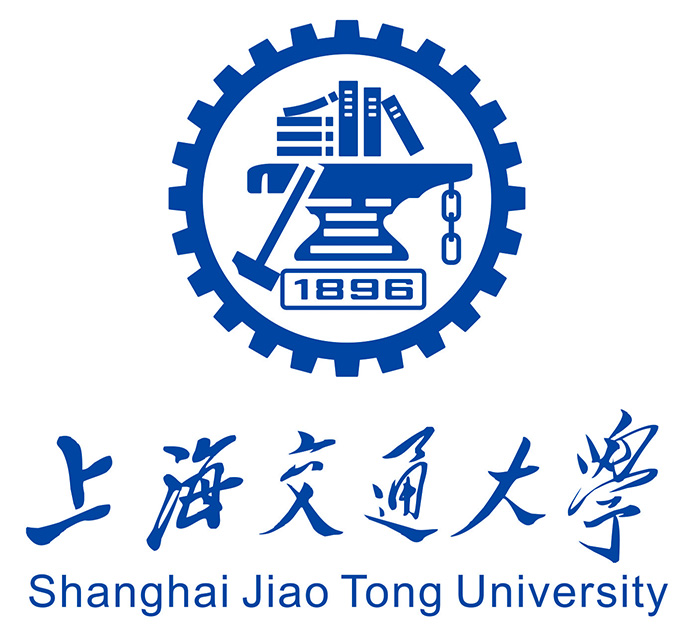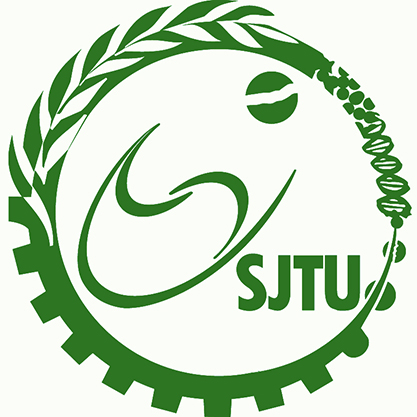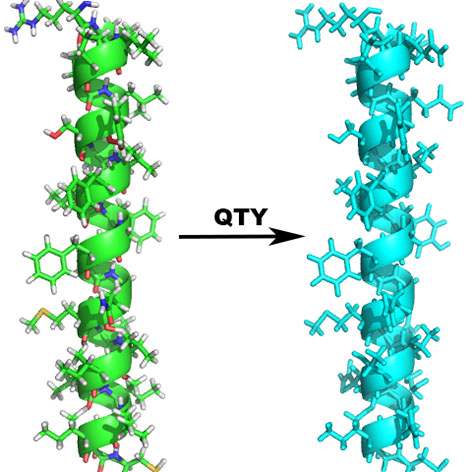|
|
|
| Publications |
|
| 1. |
|
Zhang, S. et al. QTY code enables design of detergent-free chemokine receptors that retain ligand-binding activities. Proceedings of the National Academy of Sciences, 201811031, doi:10.1073/pnas.1811031115 (2018). |
|
|
|
| 2. |
|
Shuguang Zhang, Fei Tao, et al., 2017, Water soluble membrane proteins and method for the preparation and use thereof, US Patent, US20170344699A1. |
|
|
|
| 3. |
|
Shuguang Zhang, Alexander Rich, et al., 2014, Water soluble membrane proteins and method for the preparation and use thereof, US Patent, US008637452B2. |
|
|
|
| 4. |
|
Fei Tao, Hongzhi Tang, et al., 2022, Enabling QTY Server for Designing Water-Soluble alpha-Helical Transmembrane Proteins. mBio, e0360421. |
|
|
|
| 5. |
|
Mengke Li, Yanze Wang, et al., 2023, QTY code designed antibodies for aggregation prevention: A structural bioinformatic and computational study. Proteins, DOI: 10.1002/prot.26603. |
|
|
|
| 6. |
|
Mengke Li, Rui Qing, et al., 2023, Dynamic dimerization of chemokine receptors and potential inhibitory role of their truncated isoforms revealed through combinatorial prediction. Int J Mol Sci, Vol. 24 Issue 22. |
|
|
|
| 7. |
|
Mengke Li, Rui Qing, et al., 2024, Inhibitory effect of truncated isoforms on GPCR dimerization predicted by combinatorial computational strategy. Computational and Structural Biotechnology Journal, Vol. 23 Pages 278-286. |
|




